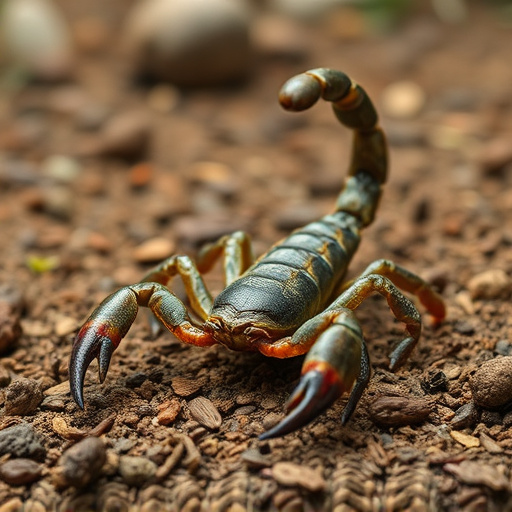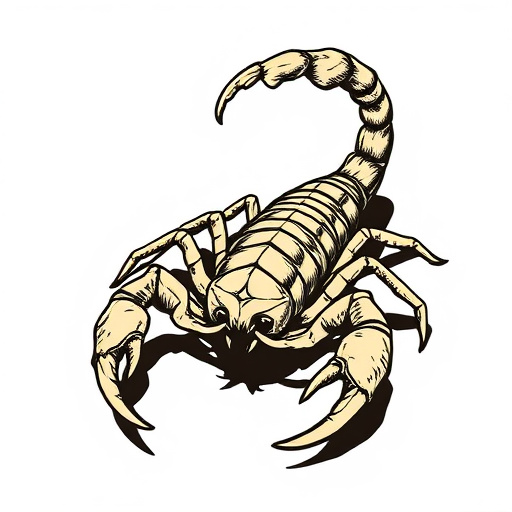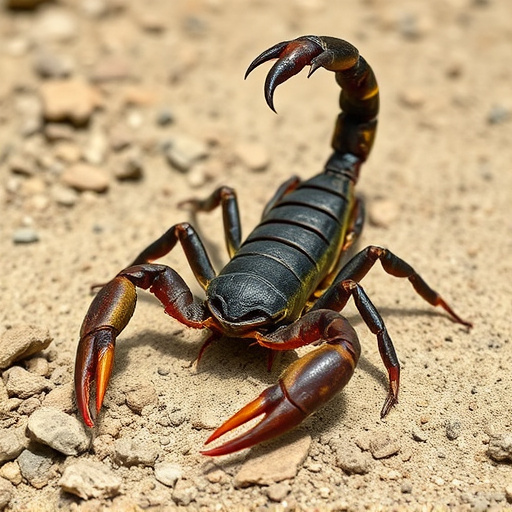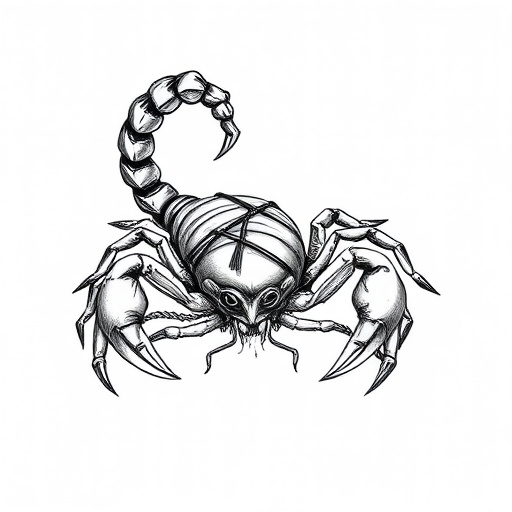Tucson's unique desert environment attracts a diverse range of scorpion species due to its arid climate and specific habitats. Professional scorpion control services are crucial for managing these populations, especially as urban expansion encroaches on their natural habitats. Effective strategies involve understanding scorpion behaviors, preserving the local ecosystem, and implementing tailored treatments while promoting proactive measures like sealing entry points and maintaining outdoor spaces. Scorpion control Tucson is about finding a balance between human coexistence and maintaining the city's unique desert landscape.
In the heart of Tucson’s desert landscapes, scorpions thrive, making their presence both fascinating and sometimes unsettling for residents. Understanding the intricate relationship between these arachnids and their environment is key to appreciating their survival strategies and managing interactions. This article explores Tucson’s unique desert ecosystem, its diverse scorpion species, and factors that shape their habitats. We also delve into human-scorpion coexistence, providing effective control methods for those seeking scorpion management in Tucson.
- Understanding Tucson's Desert Ecosystem: A Scorpion's Paradise
- Identifying Scorpion Species in the Area: Common and Unique Varieties
- Factors Influencing Scorpion Habitat: Temperature, Preys, and Shelter
- Human-Scorpion Interaction: Coexistence and Potential Conflicts
- Effective Scorpion Control Methods for Tucson Residents
Understanding Tucson's Desert Ecosystem: A Scorpion's Paradise

Tucson, nestled in the heart of Arizona’s Sonoran Desert, presents a unique and challenging environment for its inhabitants, including scorpions. Understanding this vast ecosystem is crucial when it comes to scorpion control Tucson methods. The desert’s arid climate, characterized by scorching summers and mild winters, offers a haven for various species of scorpions, making their control an intricate task. These arachnids have adapted to thrive in such conditions, burrowing into the loose soil and hiding beneath rocks or cacti during the hottest parts of the day.
The diverse landscape includes vast open spaces, rocky mountains, and sprawling urban areas, each providing distinct habitats for scorpions. Urban expansion has led to unique challenges in scorpion control Tucson, as these creatures often find shelter in cracks, walls, and even inside homes. Professional services specializing in scorpion control Tucson have developed strategies to mitigate their presence, ensuring both the safety of residents and the preservation of this delicate desert ecosystem.
Identifying Scorpion Species in the Area: Common and Unique Varieties

In the arid landscapes of Tucson, Arizona, a diverse range of scorpion species has adapted to thrive in the harsh desert conditions. Scorpion control in this region is a topic of interest for both residents and visitors alike, as some of these creatures can pose significant health risks. Among the many varieties roaming the local deserts, several are commonly encountered. The most well-known and widespread is the bark scorpion (Crotalus cerus), characterized by its dark brown body and distinctive light-colored markings. This species prefers rocky habitats and is particularly active at night.
In addition to the bark scorpion, Tucson’s desert environments also harbor unique varieties like the desert hairless scorpion (Androctonus australis) known for its lack of stinging hairs, making it nearly imperceptible among the sand. Another intriguing species is the giant desert scorpion (Scorpiops venus), one of the largest scorpions globally, often attracting attention due to its formidable size. Understanding these diverse scorpion populations is crucial for both appreciating their ecological role in the desert ecosystem and implementing effective scorpion control measures tailored to Tucson’s specific conditions.
Factors Influencing Scorpion Habitat: Temperature, Preys, and Shelter

Scorpions in Tucson, Arizona, thrive within the region’s arid desert environments, where several factors play a crucial role in shaping their habitat and survival strategies. Temperature is a primary influencer; these arachnids are well-adapted to the extreme heat of the Tucson desert, with many species becoming active during the cooler evening hours to avoid the scorching midday sun. This temperature dynamic also dictates their burrowing habits, as they seek refuge in underground dens or under loose rocks to escape the heat.
Prey availability is another key aspect; scorpions feed on a variety of small insects, arachnids, and even small vertebrates. In Tucson’s desert, this includes ants, crickets, centipedes, and spiders, which are abundant in the region’s diverse ecosystems. Access to such prey sources ensures scorpions have sufficient sustenance for survival and reproduction. Moreover, shelter opportunities, such as rocky outcrops, creosote bushes, or human structures, provide protection from predators and extreme weather conditions, contributing significantly to scorpion habitat sustainability in Tucson’s desert environments.
Human-Scorpion Interaction: Coexistence and Potential Conflicts

In Tucson’s desert landscapes, humans and scorpions often share space, leading to potential interactions that range from peaceful coexistence to conflicts. Scorpions are naturally adapted to arid conditions, making urban areas with lush landscaping and outdoor living spaces attractive habitats for them. While these environments provide shelter and food sources, they also bring scorpions closer to human residences.
Human-scorpion interaction in Tucson primarily revolves around scorpion control. Homeowners and property managers employ various strategies, including professional pest control services specializing in scorpion control Tucson, to manage populations effectively. Understanding the behaviors and ecological roles of scorpions is crucial for safe and humane coexistence. Simple preventive measures like sealing entry points, maintaining proper lighting, and keeping outdoor spaces clean can significantly reduce negative encounters, ensuring a harmonious relationship between humans and these fascinating arachnids.
Effective Scorpion Control Methods for Tucson Residents

Scorpion control in Tucson’s desert environments is a multifaceted approach, especially with the region’s unique ecological balance. Residents can take several proactive steps to manage and reduce scorpion populations effectively. One of the primary methods involves regular professional pest control services tailored for scorpions. These experts employ specialized treatments, including targeted insecticides and non-toxic repellents, to eliminate scorpions and deter them from entering homes and yards.
Additionally, Tucson residents can implement simple yet effective preventive measures. Sealing entry points like gaps in doors, windows, and foundations helps prevent scorpion invasions. Regularly sweeping and vacuuming indoor spaces, especially corners and cracks, removes webbing and food sources. Outdoor maintenance is crucial too; trimming vegetation away from homes, clearing debris piles, and keeping outdoor lighting minimal reduces attractive environments for scorpions.
Tucson’s diverse desert landscapes provide a unique habitat for scorpions, making effective scorpion control an essential aspect of coexistence. Understanding the ecological niche of these arachnids, from their temperature preferences to prey and shelter needs, is crucial for implementing successful management strategies. By combining knowledge of local species, their behavioral patterns, and human-scorpion interactions, residents can ensure a harmonious relationship with these intriguing creatures while minimizing potential conflicts. When it comes to scorpion control in Tucson, a holistic approach that considers the unique environment and resident well-being is key to maintaining a safe and balanced desert ecosystem.
